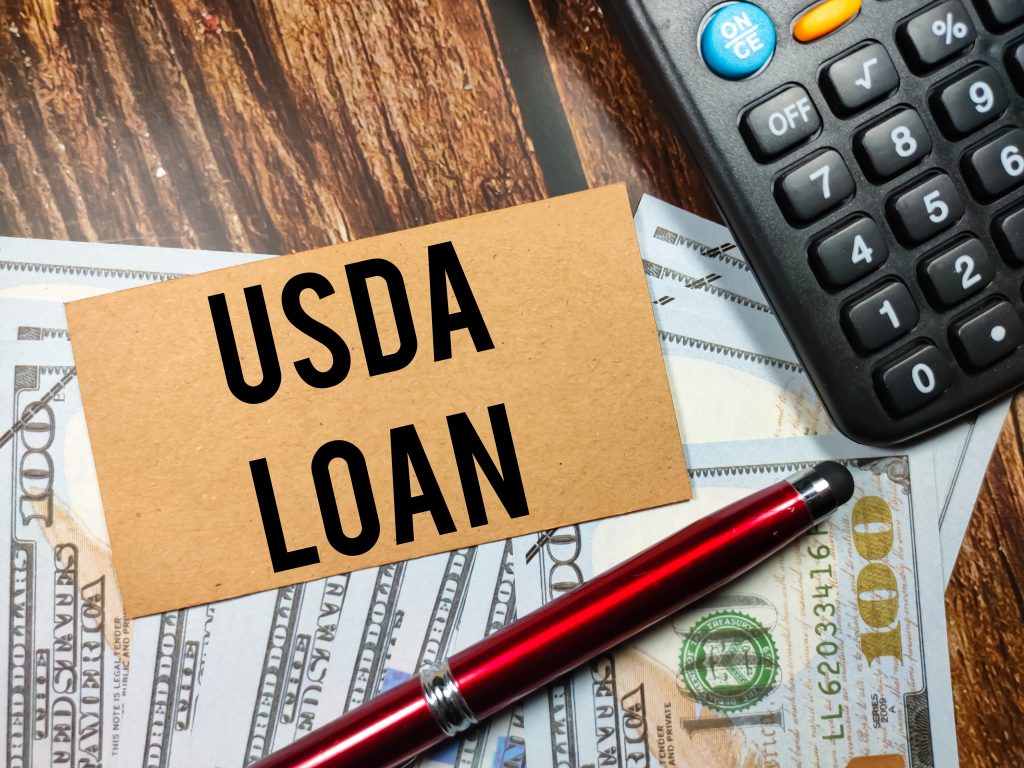Like VA loans, USDA loans are non-conforming and guaranteed by the government. This means they aren’t bound by the same requirements as conventional loans. They are, however, limited by property location and income. Low to moderate income families can apply for USDA loans when purchasing properties that fall within designated geographic areas. Because they’re government-backed and the lender takes on less risk, they often offer lower rates and 100% financing. In many cases, the interest rates are lower on these loans.
There are three types of USDA loan programs
Direct Loans for qualified low-income borrowers with interest rates as low at 1%
Loan Guarantees offered by specific lenders for low rates and minimal down payment
Home Improvement Loans for qualified homeowners
Important requirements for USDA loans
- Territory and income based
- 43% DTI limit (Debt-to-Income ratio)
- No down payment
- Mortgage insurance in the form of upfront fee and monthly fee
- Must be your primary residence
- Preferred credit score of 640 or above
- Must be a resident of the U.S., non-citizen national or permanent resident alien
- Appraisal must meet USDA standards

Income Requirements
USDA loans are based on need. Your adjusted income must be at or below 115% of the median income in the area where the home is located. As with any loan, income verification is critical. With USDA loans, you must demonstrate income stability and 12 months of mortgage payments in your assets and savings and current employment income.
Debt-to-Income Ratio (DTI) and Credit Score
Your debt-to-income ratio compares your monthly debt payment to your monthly gross (pre-tax) income and tells the lender the percentage of your income that goes toward your monthly debt payments (e.g., mortgage/rent, credit card payments, student loans, car loans). Obviously, the lower your DTI, the better. DTI is one of the most significant factors for lenders when qualifying you for a loan.
Lenders like to see a DTI no higher than 43% with these loans and a credit score of 640 or above. There are things you can do to improve both scores. You can calculate your DTI before even applying for a loan, and talk to your broker about your options.
USDA Loan Guarantee Fees
Unlike conventional loan private mortgage insurance (PMI), guarantee fees last for the life of the loan, but they do cost less. You’ll pay an upfront fee at closing, and then the annual fee is broken down and incorporated into your monthly mortgage payment. These fees go toward funding the USDA loan program.

Appraisals
Like other loan programs the house must appraise at a value appropriate for the loan amount. They must also meet specific standards to qualify.
Summary
USDA loans make it possible to own a home with lower interest rates and 100% financing when the property and your income fall within the guidelines. If you’re considering this loan program, check out location and income eligibility for the property you’re considering. Not all brokers work on USDA loans. Make sure you check with the broker or lender you’ve selected. You can compare loan programs and their requirements to better understand what each one offers.


